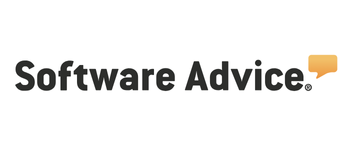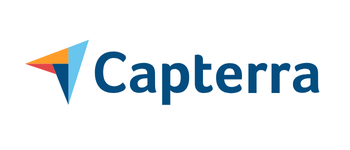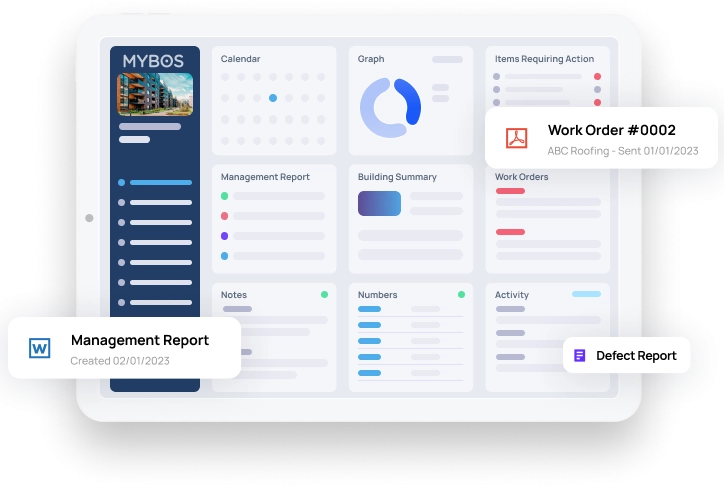
Streamlining Facility Safety: Best Practices to Protect Employees and Occupants
Effective building safety management goes beyond simply preventing accidents—it plays a critical role in maintaining smooth operations and reducing legal risks. A safe facility fosters a productive environment where employees feel secure, tenants remain confident, and daily operations proceed without disruption. Prioritising building safety also strengthens trust with stakeholders, which can lead to lower tenant turnover and reduced long-term operational costs.
According to Safe Work Australia, poor management of work environments contributes to thousands of workplace injuries every year. In response, legislation such as the Managing the Work Environment and Facilities Code of Practice outlines key standards for maintaining facility safety, reinforcing the importance of structured, proactive safety strategies.
Facility managers play a vital role in maintaining occupational health and safety by applying both proactive and reactive strategies. This involves identifying potential hazards, responding swiftly to incidents, and ensuring continuous compliance with relevant health and safety regulations. A balanced approach helps create safer environments for staff, contractors, and occupants alike.
In this article, we’ll explore some key steps and tips for facility management teams looking to optimise, update or improve their building safety management – and how these strategies translate into tangible benefits for teams and stakeholders alike.
1. Start with a Clear Safety Policy
A well-documented safety policy sets the foundation for all procedures and expectations across your facility. This should include:
- Facility safety procedures: Proactively assess your facility to identify potential hazards—physical, chemical, biological, ergonomic, or environmental—before they lead to incidents. Use digital tools or facility management platforms like MYBOS to document and track risks.
- Reporting and response protocols: Establish procedures to respond swiftly and effectively when a safety incident or hazard occurs, minimising harm and operational disruption.
- Stay compliant: Ensure your facility meets all local and federal occupational health and safety standards, including building codes, fire safety regulations, and industry-specific requirements. Schedule annual compliance audits, and stay updated on industry or regulatory changes to avoid fines and liability.
Having formalised policies and procedures in place not only promotes awareness, but also helps during audits and legal reviews.
Forbes advises that while strong policies are essential, they must be backed by a culture of safety. Organisations should clearly define roles, outline procedures, and ensure that staff understand their responsibilities, reinforcing that safety is everyone’s priority, not just a checklist item.
2. Conduct Regular Safety Audits and Inspections
Routine inspections and safety audits are among the most effective ways to uncover hazards before they escalate. They can highlight issues in lighting, ventilation, fire exits, storage practices, and more.
You can streamline this process with technology. For example, using facility operations reporting dashboards helps ensure inspections are properly documented and any concerns are tracked and addressed in a timely manner.
3. Implement Effective Hazard Prevention Measures
Reducing building safety risks starts with proactive prevention. Facility managers should:
- Maintain clear signage for hazards, exits, and emergency equipment
- Conduct fire and electrical safety checks regularly
- Ensure proper use and storage of cleaning chemicals and flammable materials
- Introduce barriers or railings in high-risk areas
Regular training and inspections are key to keeping everyone safe. Platforms help streamline this process by allowing teams to quickly log, assign, and resolve safety-related work orders, minimising delays and reducing risk.
This article How to Streamline Facility Work Orders for Minimal Downtime, breaks down how MYBOS streamlines safety-related work orders
4. Maintain Up-to-Date Fire Safety Systems
Fire safety remains a critical part of any facility’s risk management strategy. Managers should verify that:
- Fire doors, alarms and sprinklers meet compliance standards
- Emergency exits are accessible and clearly marked
- Staff are trained in evacuation procedures
Keeping these systems updated not only improves safety but also ensures compliance with workplace regulations. For those operating in New South Wales, SafeWork NSW’s fire safety guidelines provide helpful details on what’s required.
5. Ensure Safety Compliance with Facility Technology
Digital tools can simplify many aspects of building safety management. MYBOS, for example, enables facility teams to log hazards, assign and monitor task completion, and generate audit-ready records.
Advanced platforms also help with automated alerts and maintenance tracking — both essential to future-focused facility management. Incorporating these into your safety workflows reduces human error and improves accountability.
6. Support Staff Training and Engagement
Having systems in place is one thing, but ensuring your team knows how to use them is another. Ongoing training ensures:
- Staff understand safety protocols
- New procedures and tech are properly adopted
- Communication remains clear during emergency situations
FacilitiesNet reports that investing in development programs, especially those involving scenario-based drills and cross-skilling can improve staff responsiveness and operational resilience. These programs equip teams to work smarter, not harder, reinforcing their confidence and engagement during emergencies and day-to-day tasks.
7. Review and Update Your Safety Plan Annually
As facility risks evolve with renovations, new tenants, or regulatory changes, your safety policies and procedures must evolve too. Set aside time each year to review:
- Legal updates and compliance standards
- Performance metrics from your safety audits
- Feedback from team members and tenants
Use this opportunity to refine your systems and set new goals for continuous improvement. PwC Australia recommends clear documentation of updates and structured stakeholder involvement to strengthen safety culture and protect against legal or audit vulnerabilities.
A Safe Facility is a Smarter Facility
Incorporating robust safety practices into daily facility operations goes far beyond compliance—it’s about fostering an environment where employees and occupants feel genuinely secure and valued. When facility managers adopt proactive safety strategies and leverage modern technology, they don’t just reduce risks; they streamline workflows and enhance overall operational efficiency.
This forward-thinking approach builds lasting trust with tenants and stakeholders, reinforcing the facility’s reputation as a well-managed, dependable space where safety and productivity go hand in hand.
Ready to see how MYBOS can support your facility safety goals? Book a Demo today and discover how our tools can streamline compliance, reporting, and risk management for your team.








